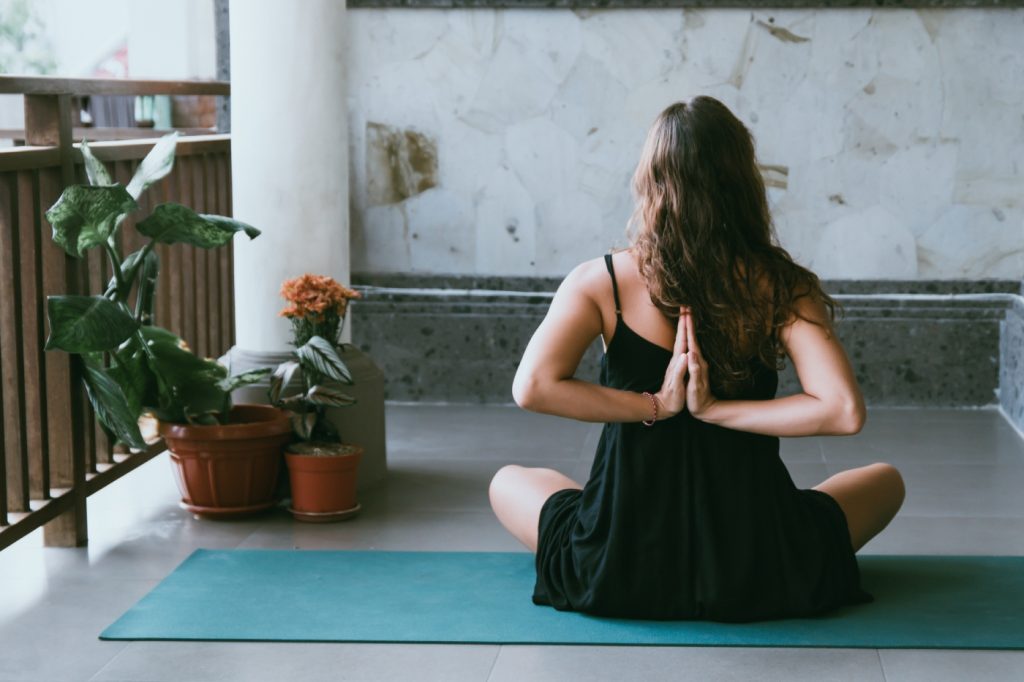The last year or so has been hard on us all, and for us special mamas, the stresses and strains have often been immense. With thanks to a particularly infectious virus, many of our lives were uprooted and unravelled, many obligations were taken away, or doubled, and many responsibilities tripled, all while our emotional capacities were pushed to their limits. For us, everyday life, sans virus, can be demanding at the best of times, but come the addition of a global pandemic is it more important than ever to be focusing on resting, recovering and building sustainable practices back into our lives.
Whilst there are hundreds of thousands of different activities which can help someone recover both physically and mentally, especially from stressful experiences, none are more versatile than yoga practices and its principles. Yoga is a widely recognised form of slow exercise and is one of the best ways, as it is suitable for most people, to elevate mood and decrease cortisone levels in the body. Because it is slow, and because it is a practice which may be built upon, people of all ages and fitness levels can practice it safely.
If you have never engaged in yoga it doesn’t matter, conversely, if you already practice yoga regularly you will know it is something which, with commitment, can be bettered and can help to better your own fitness, balance and physical strength. There are yoga-specific apps, websites, YouTube videos, tutorials, and physical studios a plenty; all designed for individuals, group lessons, combinations, teachers and those just starting out. It is also one of those things, similar to meditation or perhaps gratitude practices, like journaling, which can be practiced in almost all settings and at almost any time of the day or night.
Many people, including us, will recommend giving yoga a try at least once, and because we are advocates for setting up sustainable practices to help support healthy lifestyles, we recommend trying to incorporate it into your daily life if you can, or as much as is possible, given other responsibilities with our kids of course! Be it a 10-minute routine at the beginning of your day, a 15-minute session at lunch, or a 30-minute group class at night- there is no strict rule as to when you can or cannot practice it, aside from perhaps when it will disrupt other activities and/or if your workplace doesn’t encourage or appreciate seeing employees in a downward dog or sun salute position at the office! That’s another thing, yoga can be practiced as a solo activity, but it can also be practiced in a duo, in a group, as a family, with friends, and with some very well-trained pets!
Because it wasn’t already versatile enough, different variations of yoga exist, which are worth trying if you want to try something a little different. Hot yoga and Bikram yoga are, for the most part, standard yoga movements which are practiced in heated rooms. Different studios will heat their rooms to different temperatures, for example 25 degrees celsius to 41 degrees celsius, so it is important to research which suits you best, and which is appropriate for you before giving this a go. They all have their different benefits, as well as risks, and will vary in duration as well as difficulty, so we recommend speaking with yoga teachers and instructors, and any relevant people before participating in a session to find the right fit for you.
If yoga itself is absolutely, definitely not for you, it is still possible to incorporate the principles of yoga into your everyday routines. On top of the principles of commitment and a wholehearted approach to just giving something a go, Yoga is ultimately about being present, something which can be incorporated into your everyday life sans a yoga session or with.
For you this might come in the form of meditation, journaling, a moment of quiet affirmation with yourself, or with just general wakeful consciousness. Being present, despite its simplicity, does not come very naturally to most people. Albeit in theory it sounds easy enough, it does often take initiative and commitment to practice it regularly and to form the habit of enjoying it. Many people, (really, anyone with a phone, laptop or device which allows for distraction), are subconsciously adapted to being ‘switched on’ to ‘the next alert’ but are switched off to the moment they’re in. It is possible to be present with these devices nearby, but I would recommend building a routine initially without them.
A routine which both incorporates and builds the principle of being present may include a walk amongst nature, maybe with a friend, partner and/or pet. It may be reading a book, a magazine or practicing a hobby such as painting, drawing, puzzling or photography. Being present may be as simple as just being actively listening and participating in conversation with someone else. It is ultimately about focusing on the task or moment at hand and giving yourself that duration of time when your only priority is to simply enjoy and ‘be’ in the moment.




